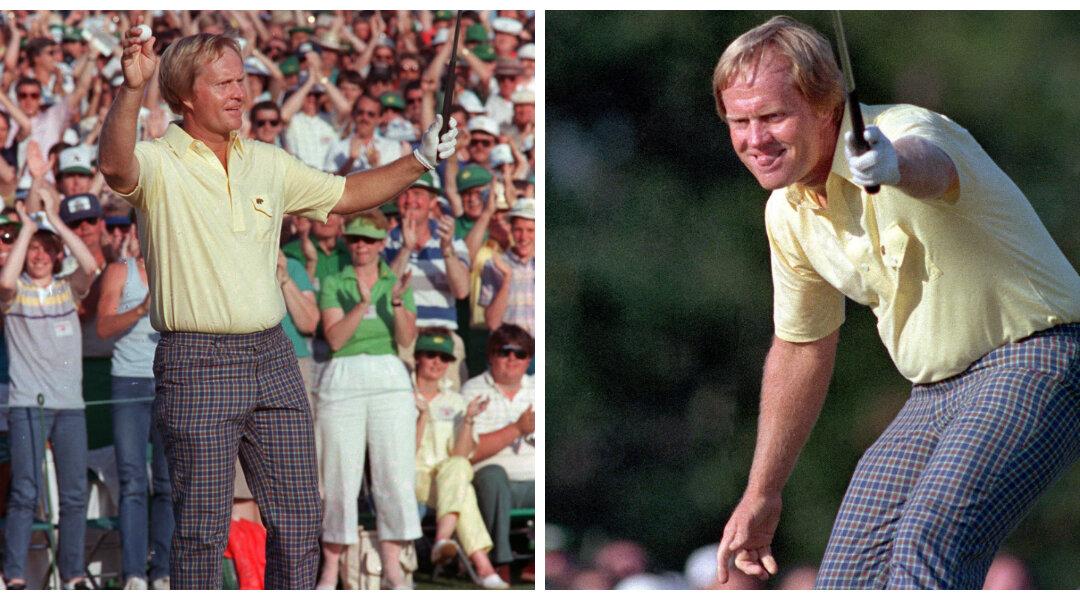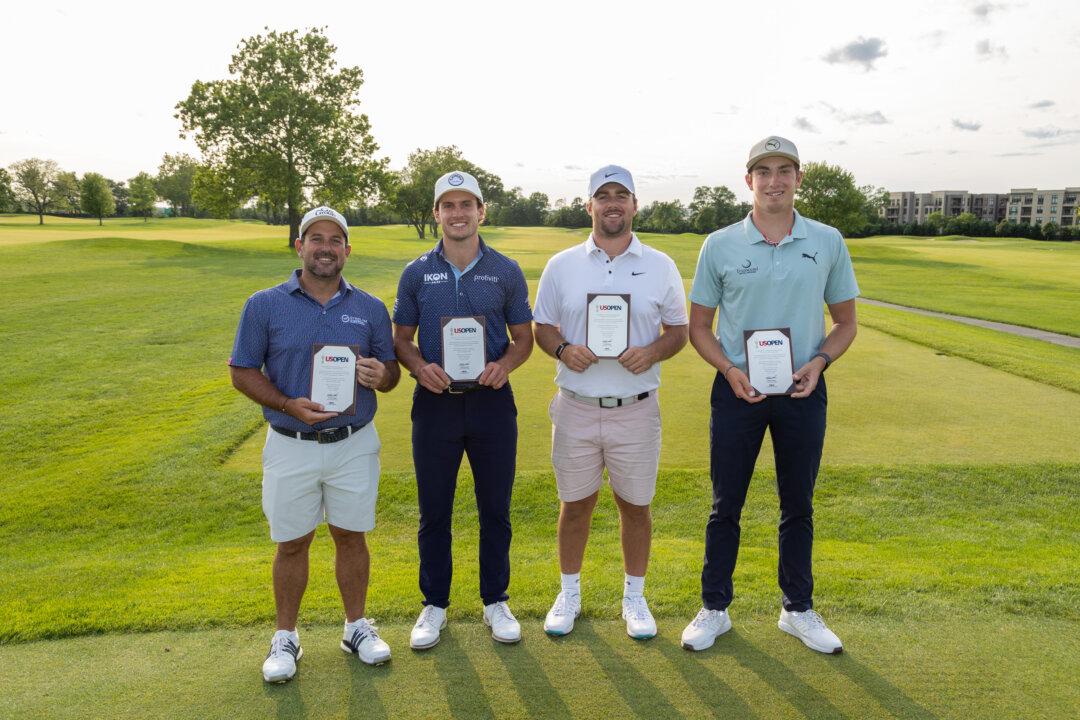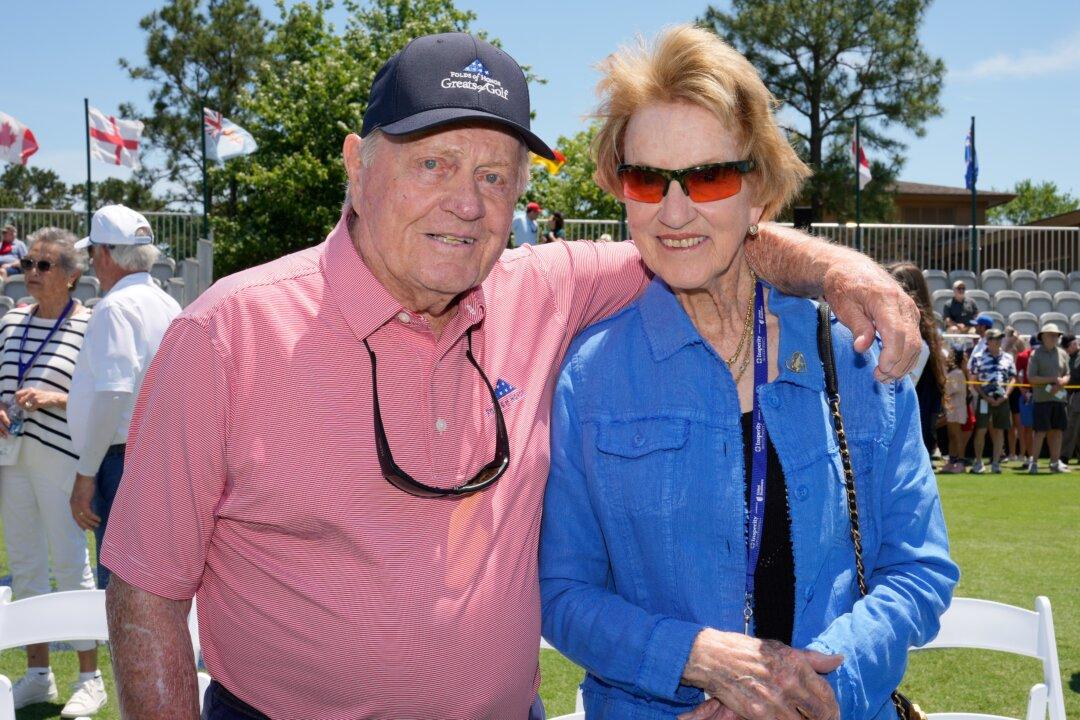AUGUSTA, Ga.—It seems like yesterday, but 30 years have passed since the epic triumph by Jack Nicklaus in the 1986 Masters. Much has happened since then, but, save for Tiger Woods winning the U.S. Open by 15 strokes in 2000 at Pebble Beach and possibly the American comeback on the final day of the Ryder Cup Matches in 1999 at Brookline, there is no single golf event that shook the golf world to such a level as the Golden Bear’s record 6th green jacket victory and his 18th and final major—in addition to becoming the oldest Masters winner ever at age 46.
Little was thought of Nicklaus going into the event and even Jack himself wondered what kind of golf gas was left in his tank. However, a pre-Masters assessment from the late Atlanta Journal-Constitution’s long-time golf writer Tom McCollister hit Jack hard saying emphatically the Nicklaus days at Augusta were in the rear view mirror.
Nicklaus had rarely been in contention since winning two majors in 1980—the U.S. Open at Baltusrol, with a record-setting performance, and his equally impressive win later that same season in winning his fifth PGA title at Oak Hill (finishing seven shots ahead) once again seizing possession of the Wanamaker Trophy.
The Rest of the Field
In the ensuring years between 1980 and the ‘86 Masters a new cadre of players had come to the forefront. Players such as Australian Greg Norman and Spain’s Seve Ballesteros were now at the top of the pecking order, and it appeared likely both men would be in command of future major events for the foreseeable future. Each was in the prime of their golfing lives—each possessed a stunning array of golf shot capabilities. The passing of the torch was not in issue. The question would be if the ’86 Masters would hasten that clear development.
Norman had not won a major going into the ‘86 Masters, but he would do something no one had done in golf. The Great White Shark would hold the 54-hole lead at each of the majors that year although he would only claim The Open Championship at Turnberry—his first major crown. For Ballesteros, the ’86 Masters meant building upon a considerable record. The charismatic Spaniard already had won the event twice to go along with two earlier wins at The Open Championship in ‘79 and ’84.






